A Quick Drive In A Mitsubishi Starion Was 20 Minutes I Won't Forget
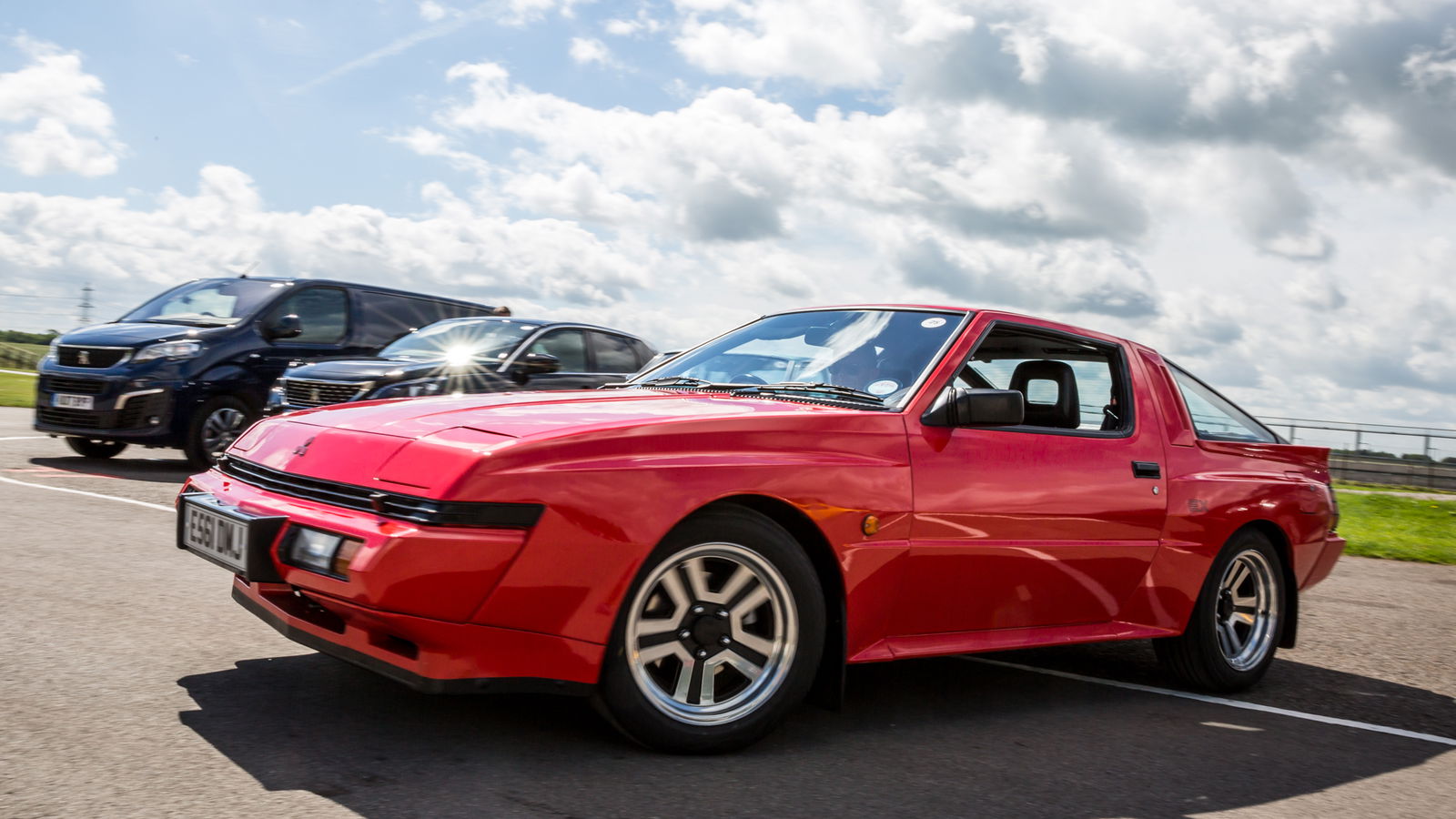
Pros
Cons
Pagination
- Page 1
- Next page
The Mitsubishi Starion was not a car I had on my bucket list. It wasn’t even a car I remembered existed until there it was, glowing red under the only properly sunny day Wiltshire had seen all week, complete with one of the coolest word pairings ever to come out of the English language: intercooler turbo.
I was at Castle Combe circuit on photography duty for the sort of motor journalists’ group that features many, many beards, but while getting some shots the Starion had caught my eye not just for its wonderfully retro badges. The car in question is a 1987 near-minter from Mitsubishi UK’s heritage fleet, with a crisp black leather interior and a suite of analogue dials. It reeks of originality. I hadn’t planned to take the keys, but it was sitting there near the end of the day and I had some time spare… what would you have done?
We’d love the urban legend about where the Starion’s name came from to be true, but it isn’t. It was rumoured that it came from a Japanese mispronunciation of ‘stallion’, but it’s actually a contraction of ‘star’ and the mythical horse ‘Arion’. The Colt and original Eclipse were also named on a horse theme.
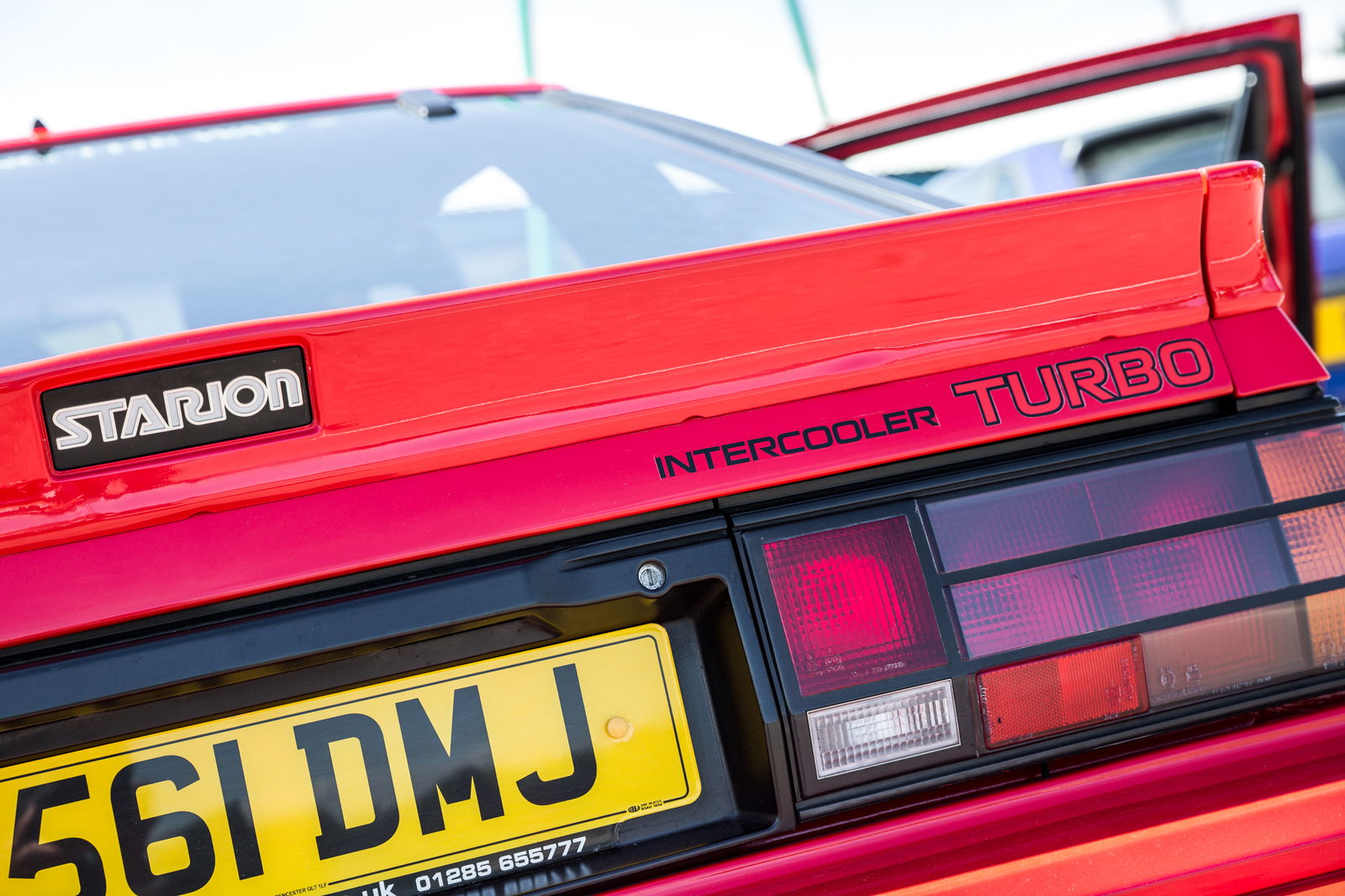
If you’re not familiar with this old sports car it’s a front-engined, rear-driven box with a 2.0-litre turbo under the bonnet (for non-US models) and – heavy breathing – pop-up headlights. This one is an EX model pushing out something like 180bhp thanks in part to the intercooler, and it feels good for every bit of that output despite the 30 years that have passed since it left the factory in Japan.
You step into the front seats past the tin-thin front doors, directly onto which are mounted the front seat belts, which makes things interesting if you want to open the door with the seat belt fastened. The leather driver’s chair is plush; low enough to feel sporty, but squidgy and welcoming. Ahead of you sits a laughably simple but comprehensive instrument cluster with dials for pretty much everything except oil temperature.
It takes a little longer to notice just how heinous the pedal placement is. Not only is the offset really tricky to get comfy with, but the spacing is really poor and with your clutch leg comfortable the throttle pedal is about three inches from your right knee. All you can do is sit simultaneously too far from the clutch and too close to the accelerator, which is comically far to the right.
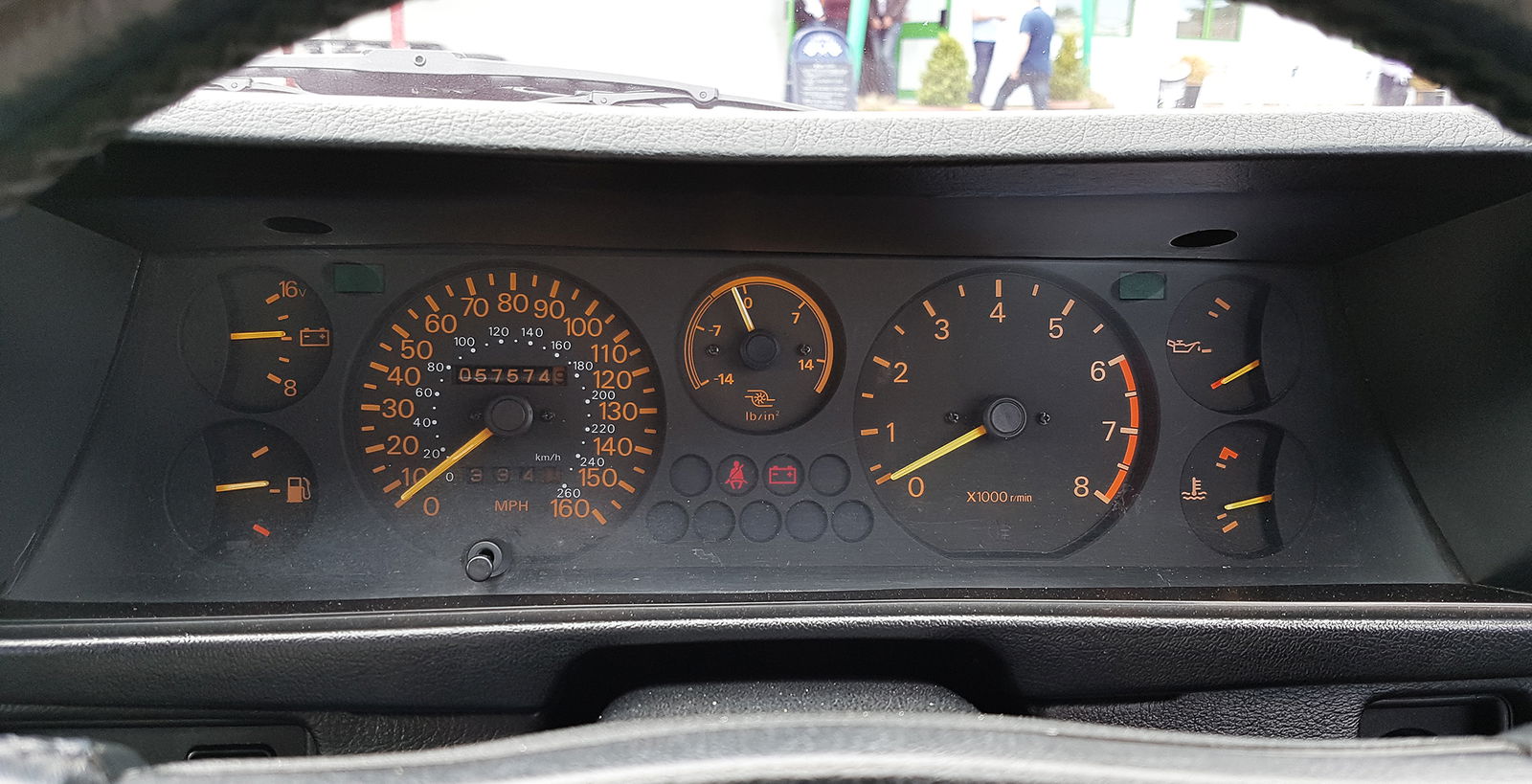
Naturally we’re talking about a car built long before keyless start technology so it’s a case of twisting the old-school key in the ignition barrel. It fires up with dump-truck vibrations, the gear knob’s five-ratio map barely visible as it shakes madly. It feels about as refined as dinner with a mule, but all those thoughts are banished the moment you let the clutch out.
It’s clear this is a well looked-after car. The clutch engages like new; it’s firm and positive with lots of feel at the bite point. The hydraulic power steering has just the right sense of weightiness to it as the Starion and I negotiate the car park. Only the fact that my left leg is far more extended than my right is off-putting. Otherwise it feels a bit special. Like all good classic cars, it really does feel alive.
I get scanned out and hit the road. Immediately I take back those thoughts about the steering. There’s a horrible amount of empty slack at speed, where the 20 degrees or so around the straight-ahead does literally nothing. For on-road line adjustments you have to fidget the wheel to try to find where the rack actually engages without over-steering. It’s probably at least partly down to the car’s age, but when you’re shifting, corner turn-in is, for a split-second, terrifying. It’s a shame because once you’ve loaded the outside wheels up through bends the steering is impressively positive and accurate. Adjusting your line is child’s play, and there’s so much feedback coursing through the wheel.
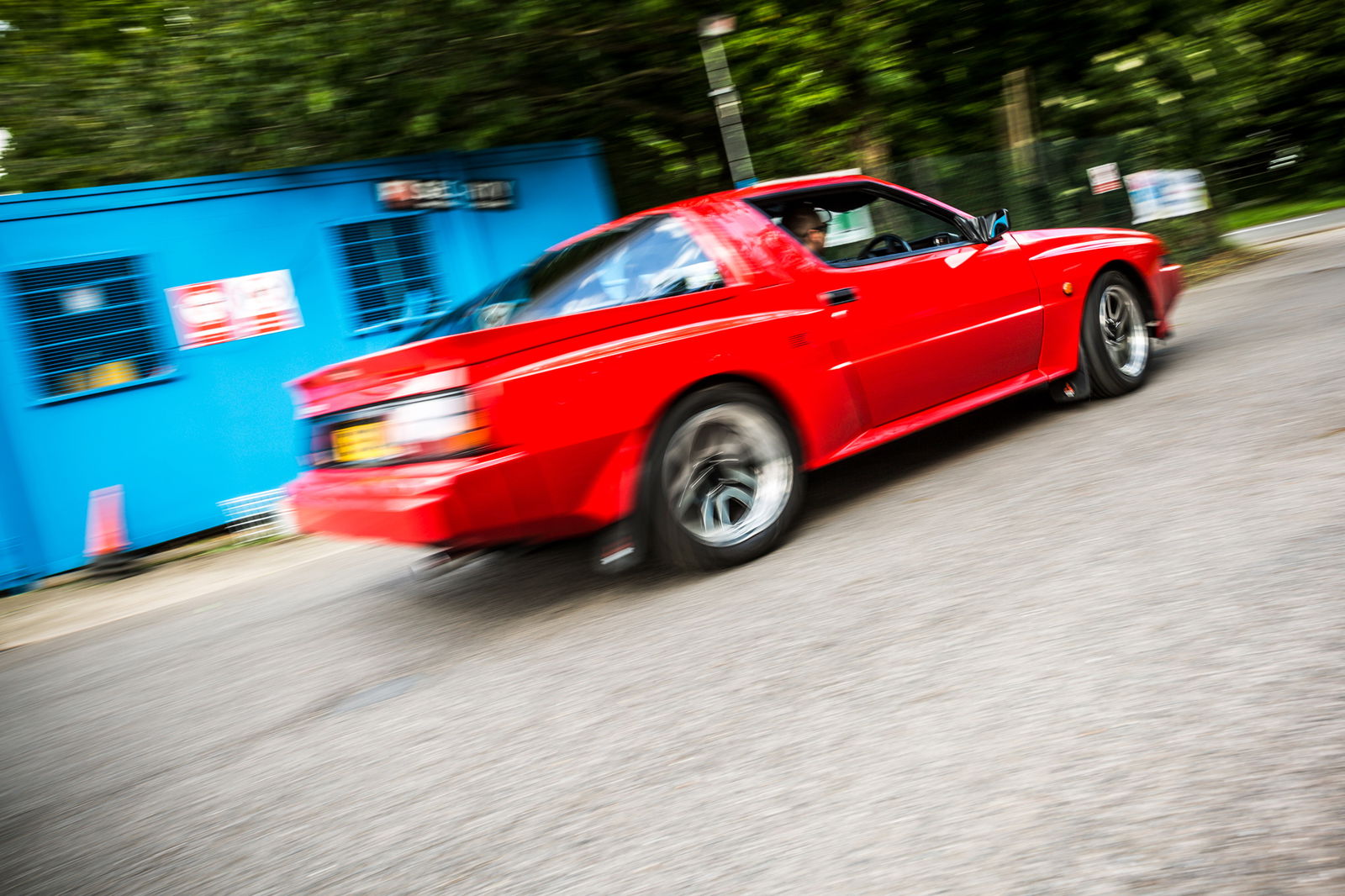
Equally lovely is the power delivery. That classic, slow-building boost keeps it pulling harder all the way to the 6000rpm redline. Floor it and the deliberately centrally-placed boost gauge builds gradually, corresponding with what your eyes and body are telling you: the longer you keep your foot in, the more satisfying it gets. And what a gearbox! It’s so direct and sure-footed with its shifts. Every new ratio locates with no fuss other than to let you really feel what’s happening. Lovely stuff. You can’t heel-and-toe, though, because of those pedals. I tried. I failed. You’d need three legs.
My time with the Starion was over all too soon, but not before it had given a good account of itself. The pedals would put me off owning one and I’d have to get that steering looked at, but it still put a big, silly grin on my face the whole time. I’ll never again forget about this eighties cult classic.
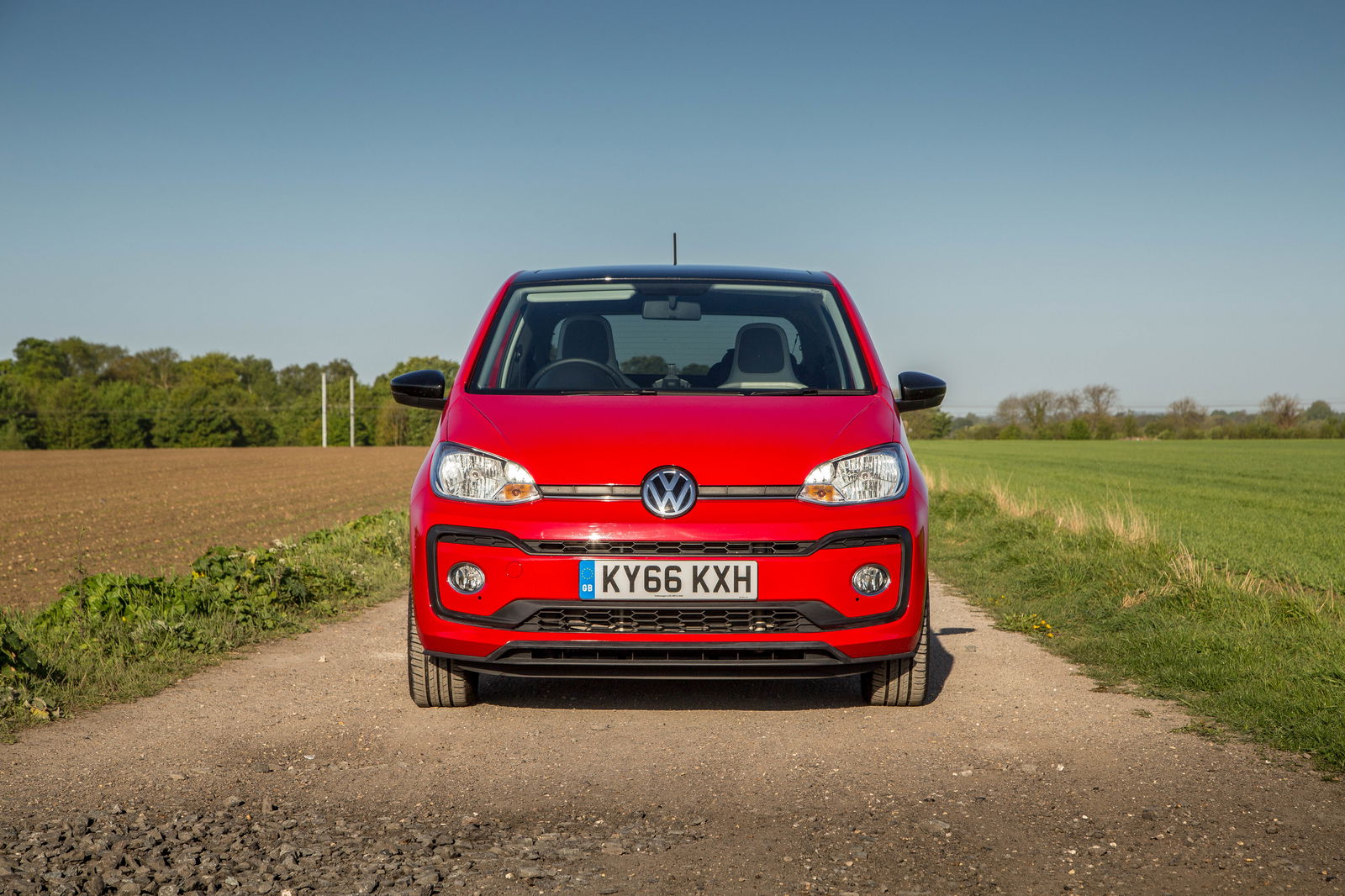
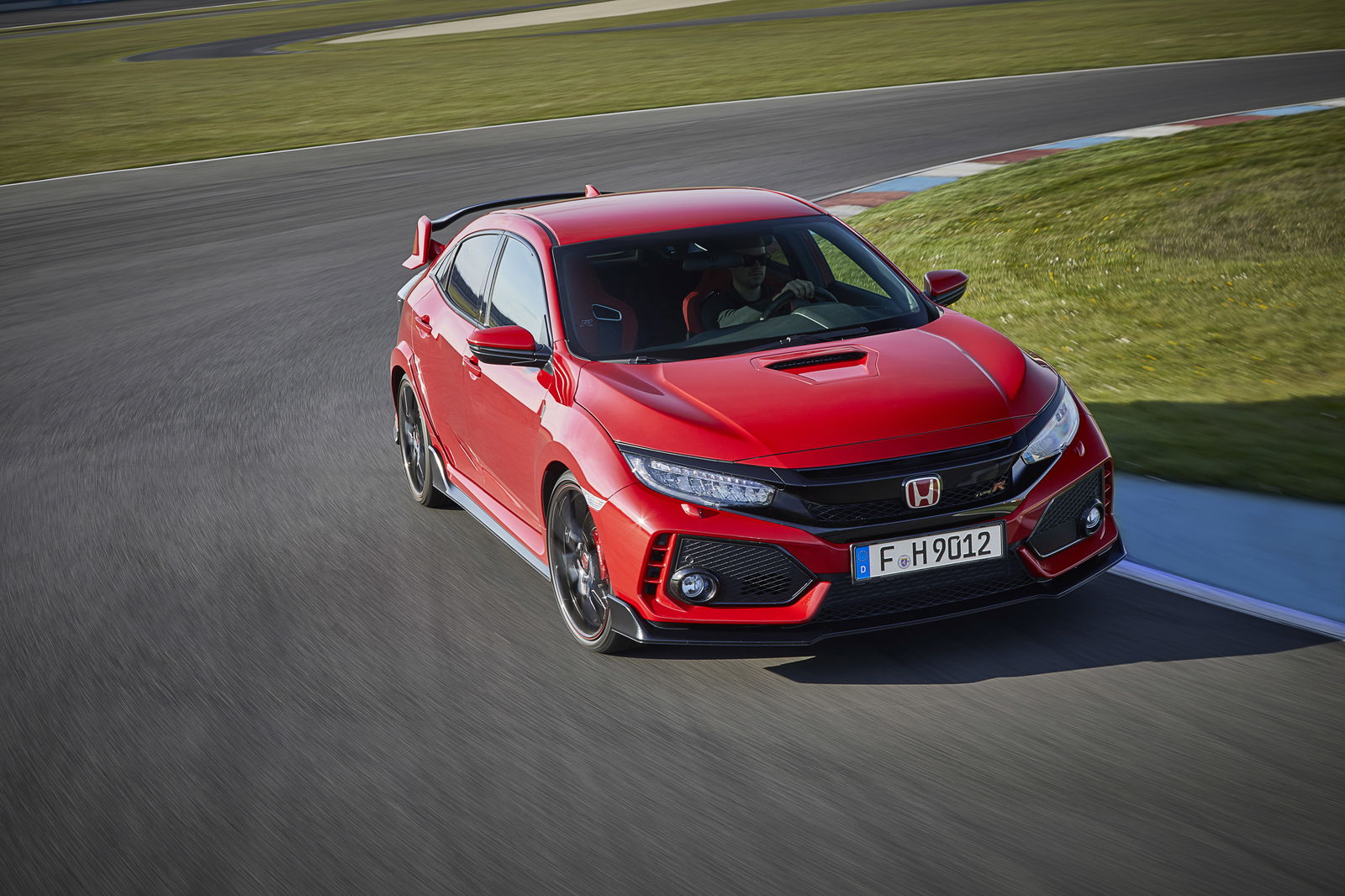
Comments
Underrated car really
Back in the day when Mitsu were making exciting cars 😢
Wow such a pretty car. Should be my dream car after the MX5 MK1
These are usually ruined shitboxes so an original is a rare find.
Live For Speed XR GT Turbo drivers will know!
I’m willing to bet that with the steering properly looked after, the steering would be near perfect. Old japanese cars don’t really have crappy steerings, unless they need maintenance (as with all other cars)
They spelt “JDM” wrong on the license plate.
Oh, look at the number plate. it says ‘DMJ’ but it’s a scrambled JDM
Hey! That cars pretty much the brother to my cordia
I have always thought that this is pretty similar to a AE86…. And i bet this are way cheaper…
Pagination